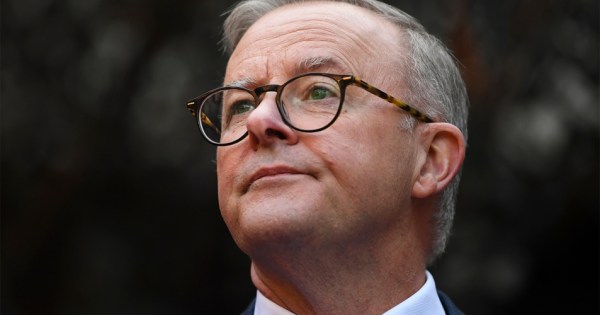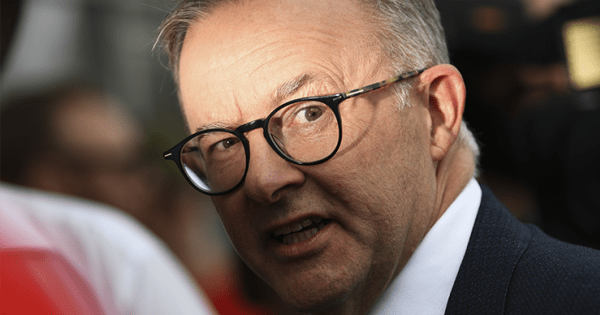This is what US Fed chairman Alan Greenspan said overnight: “Over the past year, the pace of economic activity in the United States has alternately paused and quickened. The most recent data support the view that the soft readings on the economy observed in the early Spring were not presaging a more-serious slowdown in the pace of activity. Consumer spending firmed again, and indicators of business investment became somewhat more upbeat. Nonetheless, policymakers confront many of the same imbalances and uncertainties that were apparent a year ago.”
On the famous bond market conundrum: “The unusual behaviour of long-term interest rates first became apparent almost a year ago. In May and June of last year, market participants were behaving as expected. With a firming of monetary policy by the Federal Reserve widely expected, they built large short positions in long-term debt instruments in anticipation of the increase in bond yields that has been historically associated with a rising federal funds rate. But by Summer, pressures emerged in the marketplace that drove long-term rates back down.”
Overall: “the US economy seems to be on a reasonably firm footing, and underlying inflation remains contained. Accordingly, the Federal Open Market Committee in its May meeting reaffirmed that it “believes that policy accommodation can be removed at a pace that is likely to be measured. Nonetheless, the Committee will respond to changes in economic prospects as needed to fulfill its obligation to maintain price stability.”
Henry comments: “No great news here, but no sign of alarm. Henry’s guess is that the main reasons for lower bonds at this time in the cycle (a matter bothering Greenspan) is the transfer of wealth to the oil-producing nations with relatively high saving ratios. Reduced dis-saving in countries like Australia and the UK (but not yet the US) may also play a part.”
Look for Henry’s blog at the top right of Henry’s new site.







Crikey is committed to hosting lively discussions. Help us keep the conversation useful, interesting and welcoming. We aim to publish comments quickly in the interest of promoting robust conversation, but we’re a small team and we deploy filters to protect against legal risk. Occasionally your comment may be held up while we review, but we’re working as fast as we can to keep the conversation rolling.
The Crikey comment section is members-only content. Please subscribe to leave a comment.
The Crikey comment section is members-only content. Please login to leave a comment.